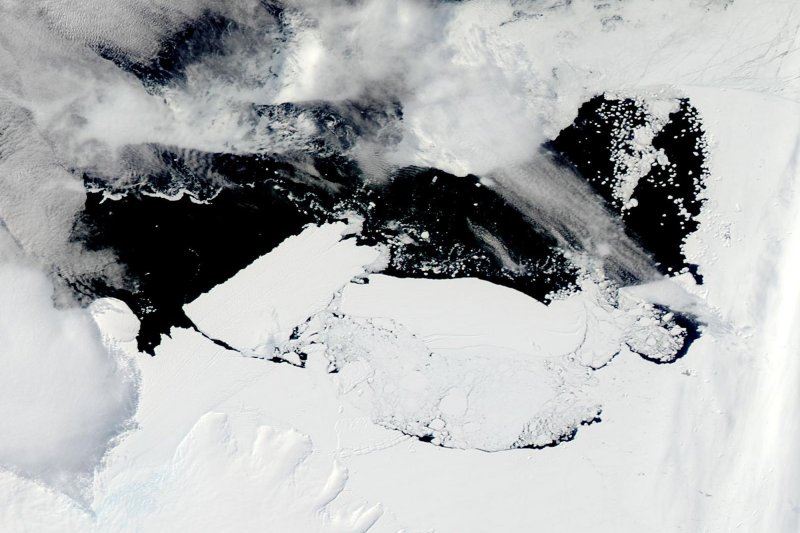AUSTIN, Texas, June 9 (UPI) -- The list of things that don't contribute to glacier melting keeps getting shorter. Now, the list-keeper can cross off "underground volcanoes."
According to a new study by researchers at the University of Texas at Austin (UT), the Thwaites Glacier of Western Antarctica -- which recently made the news headlines for its accelerated melting and structural vulnerabilities -- is also being eroded from beneath by geothermal heat released by underground volcanoes.















